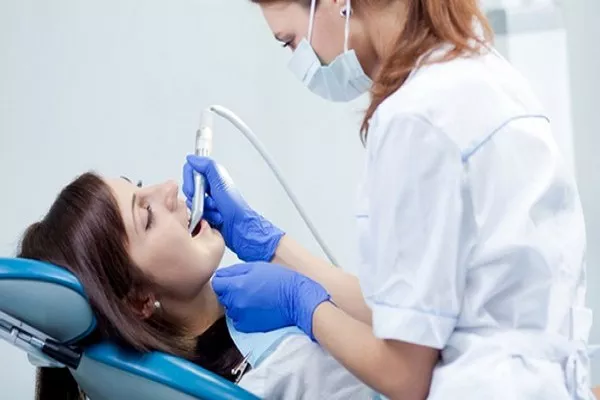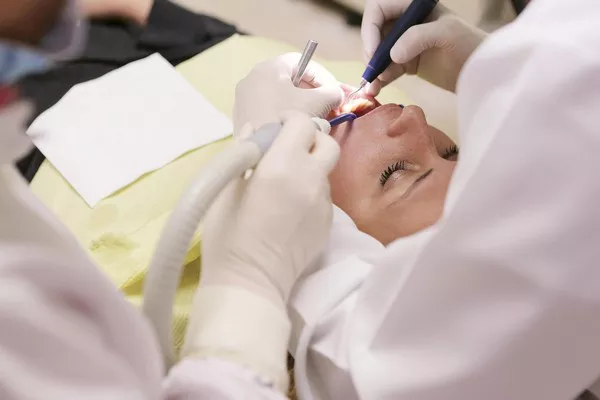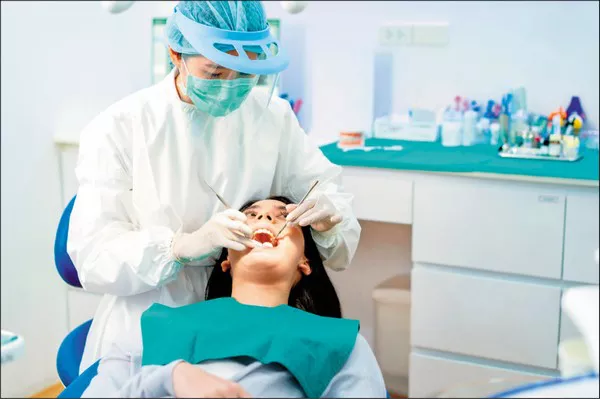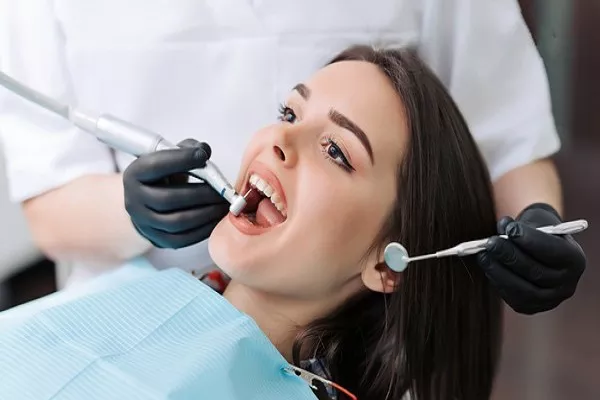Braces, also known as orthodontic braces or dental braces, are essential tools for achieving a straight and aligned smile. While braces work wonders in correcting misaligned teeth and improving oral health, there are times when you might need to trim or cut a brace wire. It’s important to handle this task carefully to avoid damaging your braces or causing discomfort. In this article, we will explore the tools and techniques you can use to cut a brace wire safely and efficiently.
Understanding Orthodontic Braces
Orthodontic braces consist of several components, including brackets, archwires, bands, and ligatures. The archwire, a thin, flexible wire that connects the brackets, plays a crucial role in guiding your teeth into their proper positions. Over time, as your teeth move, the length of the archwire may need to be adjusted to continue the orthodontic treatment effectively.
Why You Might Need to Cut a Brace Wire
There are a few common reasons why you might need to cut a brace wire:
Poking or Irritation: Sometimes, a brace wire can become loose or extend beyond the last bracket, causing irritation to the cheeks, lips, or tongue. Trimming the excess wire can alleviate this discomfort.
Wire Protrusion: In cases where a portion of the archwire sticks out due to a broken bracket or shifting, you may need to trim it to prevent injury to the soft tissues in your mouth.
Emergency Situation: In rare emergency situations, such as a loose wire that could cause injury, you might need to temporarily cut the wire until you can see your orthodontist.
Tools for Cutting Brace Wire
Orthodontic Wax: Before attempting to cut the wire, consider using orthodontic wax to cover any sharp or irritating edges. This can provide temporary relief until you can see your orthodontist.
Small Wire Cutters: Small, fine-tipped wire cutters are the preferred tool for cutting brace wires. Orthodontic pliers or nail clippers may also work if they are sharp enough.
Disinfectant: It’s essential to ensure that the tool you use is clean and disinfected before touching any part of your braces or mouth.
Steps to Safely Cut a Brace Wire
If you find yourself in a situation where you need to cut a brace wire, follow these steps:
Prepare Your Tools: Ensure that your wire cutters or chosen cutting tool are clean and sterilized.
Gather Supplies: Have a mirror, tissue or gauze, and orthodontic wax ready.
Locate the Problem: Use a mirror to identify the specific area of the brace wire that needs trimming.
Cut Carefully: Carefully trim the excess wire using your chosen tool. Be precise and make a clean cut. Avoid putting excessive pressure on the braces or brackets, as this could cause damage.
Smooth the Edges: After cutting, use a nail file or emery board to smooth any sharp edges left from cutting the wire.
Apply Orthodontic Wax: If there are any areas that still cause irritation, apply a small amount of orthodontic wax to provide relief to the affected areas.
Schedule an Orthodontic Appointment: After performing a temporary fix, it’s essential to schedule an appointment with your orthodontist as soon as possible to address the underlying issue and ensure that your braces continue to work effectively.
Cautionary Notes
Leave It to the Professionals: Whenever possible, it’s best to rely on your orthodontist or dental professional to make adjustments to your braces. They have the expertise and equipment needed to ensure safe and effective orthodontic care.
Emergency Situations Only: Only cut a brace wire in emergency situations, such as when it’s causing severe discomfort or potential injury. For routine adjustments or concerns, consult your orthodontist.
Conclusion
While it’s important to leave most brace adjustments to your orthodontist, there may be times when you need to trim or cut a brace wire temporarily. Using the right tools, following proper techniques, and taking precautions to avoid damage to your braces and mouth are essential when handling this task. If you’re unsure or uncomfortable with trimming a brace wire yourself, consult your orthodontist, who can address the issue safely and effectively to ensure the success of your orthodontic treatment.
Related Topics:






























